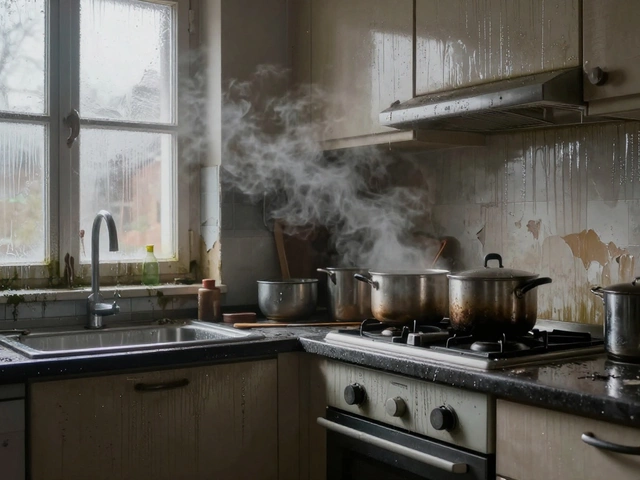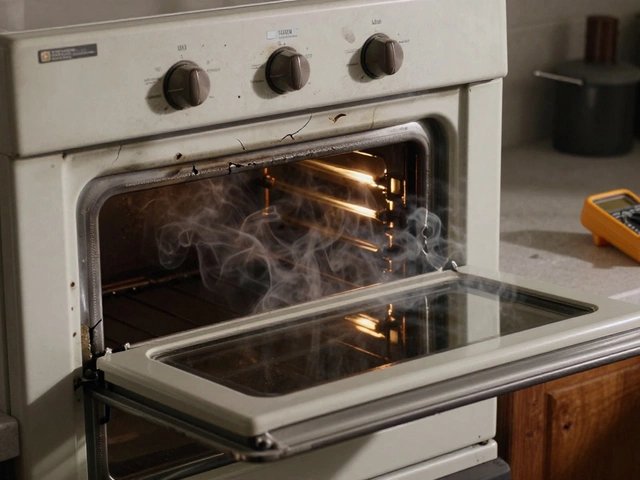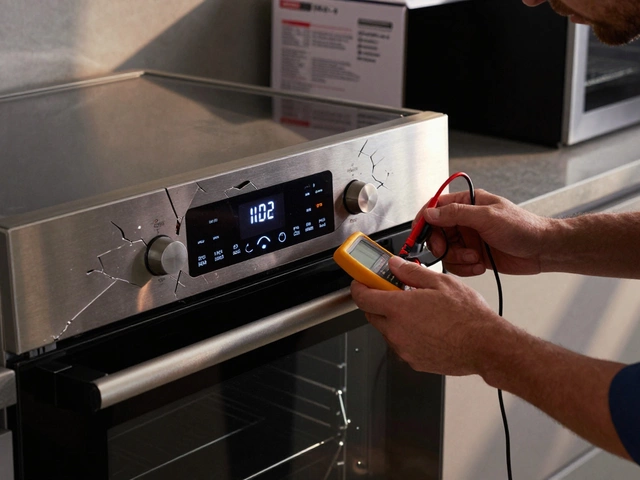Signs Your Oven Is Broken – Spot the Problems Before You Call a Pro
Ever turned the dial and wondered why your oven just won’t heat up? You’re not alone. Most of us assume the oven is dead the moment a cake comes out raw, but there are clear clues that tell you whether it’s a simple fix or a bigger issue.
Below, we break down the everyday symptoms you can notice yourself, quick tests you can run, and the point at which calling a qualified technician, like the team at Hinckley Home Appliance Repair Services, saves you time and money.
Common Symptoms of a Faulty Oven
1. No heat at all. If you set the temperature and the oven stays cold, the heating element (for electric ovens) or the gas igniter (for gas ovens) is likely the culprit. A quick visual check for a broken element—look for black spots or a broken coil—can confirm this.
2. Uneven heating. Hot spots or a “cold zone” in the middle of the cavity often mean the thermostat or temperature sensor is misreading. When you bake a batch of cookies and only half turn golden, that’s a red flag.
3. Oven won’t turn on. A dead display or no sound when you press start could be a blown fuse, a tripped breaker, or a faulty control board. Flip the circuit breaker and see if the oven powers up; if not, the board probably needs a professional eye.
4. Strange noises. Clicking, buzzing, or a loud rattle isn’t normal. A buzzing sound usually points to the element trying to work but failing, while clicking can indicate a faulty igniter in gas models.
5. Error codes. Modern ovens flash codes (like “F1” or “E0”). Look up the code in your user manual; many are linked to sensor failures or control board issues.
6. Door won’t close properly. A warped door gasket or broken hinges let heat escape, making the oven work harder and eventually overheat. If the door feels loose, check the latch and the seal.
When to Call a Professional
Some problems you can safely troubleshoot, but many involve electricity, gas, or delicate electronic parts. If you’ve tried resetting the oven, checked the breaker, and the issue persists, it’s time to call a pro.
Call a technician if you notice any of these:
- Gas smell or a clicking igniter that never lights.
- Repeated error codes after a reset.
- Broken heating elements that show visible damage.
- Control board or sensor failures—these require specialized tools.
- You’re unsure about handling electrical components.
Professional repair not only fixes the immediate problem but also prevents safety hazards like fire or gas leaks. A qualified service like Hinckley Home Appliance Repair Services can diagnose the exact part that’s failing, give you a clear cost estimate, and have your oven back in action quickly.
Before you book a visit, note down the symptoms, any error codes, and when they started. That info speeds up the diagnosis and often saves you a few pounds on labor.
In short, watch for no heat, uneven cooking, strange noises, error codes, and door issues. Perform simple checks, but don’t gamble with gas or electricity. When in doubt, reach out to a local expert—your oven (and your dinner plans) will thank you.
17 May 2025
·
0 Comments
Figuring out if your electric oven is busted isn't all that tricky when you know what to check. This guide covers the main signs that your oven might need a repair. You'll get tips on common issues—like weird smells, uneven cooking, or a silent oven—so you can troubleshoot before calling a pro. There's some DIY advice too, but also clear signs when it’s time to leave it to the experts. Stop guessing and start getting your oven back in shape.
Read more






